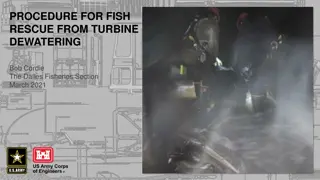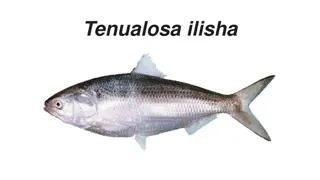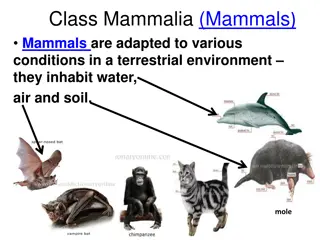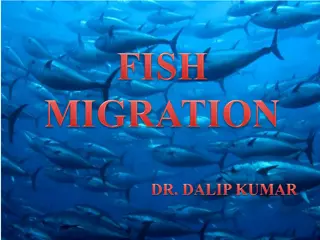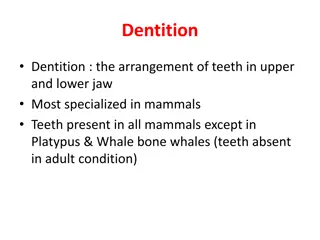Adaptations of Flying Mammals and Fish for Aerial Life
Explore the fascinating adaptations of flying mammals like Pteropus, commonly known as flying foxes, and flying fish like Exocoetus for their arboreal and aerial lifestyles. From modified wings to unique habitats, discover how these creatures have evolved for flight and survival in their environments.
Download Presentation

Please find below an Image/Link to download the presentation.
The content on the website is provided AS IS for your information and personal use only. It may not be sold, licensed, or shared on other websites without obtaining consent from the author.If you encounter any issues during the download, it is possible that the publisher has removed the file from their server.
You are allowed to download the files provided on this website for personal or commercial use, subject to the condition that they are used lawfully. All files are the property of their respective owners.
The content on the website is provided AS IS for your information and personal use only. It may not be sold, licensed, or shared on other websites without obtaining consent from the author.
E N D
Presentation Transcript
Flight adaptation
Pteropus Kingdom: Phylum: Class: Animalia Chordata Mammali a Chiropter a Pteropodi dae Pteropus Order: Family: Genus:
Flying fox Commonly called Fruit bat or Flying fox and in Hindi Chamgadar. They are the only flying mammals
Habit and habitat : Adapted for arboreal and aerial mode of life. Live in groups and feed on fruits (fruigivorous) and often damage orchards. They sleep by day on tree branches.
Flying fox It is capable of true flight. The forelimbs are modified into wings. Each wing formed by a fold of skin or patagium supported by elongated forelimb and 2nd to 5th fingers.
Only 1st and 2nd fingers bear claws. Hind limbs and tail also included in patagium. Before patagium is prepatagium. Hind feet small with sharp and curved claws
Exocoetus Kingdom: Animalia Phylum: Chordata Class: Actinopterygii Order: Beloniformes Superfamily: Exocoetoidea Family: Exocoetidae Subfamily: Exocoetinae Risso, 1827 Genus: Exocoetus
Flying Fish Habit and habitat : Exocoetus is found in sea, often skittering near the boats. It is pelagic and feeding on prawns and young fishes and their eggs. Small fishes live in sandy shoal-places near the coast.
Flying Fish Pectoral fins are exceptionally large, spread like wings and make gliding flights. Ventral fin well developed and adapted to life the body.
The caudal is bilobed. Lower lobe larger than upper lobe. By powerful stroke of the caudal fin the fish is able to leave water with force.
Flying Fish Exocoetus is not a true flying fish. Specially in warm seas, it emerges to glide over the water. Pectorals act as wings. It also leaves water to escape from larger fishes, such as Tunas and Mackerels. The fish can glide over the surface of the water for about 400 metres.
Columba livia : Pigeon Kingdom: Animalia Phylum: Chordata Class: Order: Aves Columbifor mes Family: Columbida e Genus: Columba Species: C. livia
Columba livia : Pigeon Habit and habitat : Columba livia is the most common and familiar bird around man, nesting in buildings, old houses, warehouses, sheds and railway stations. Their flight is swift and strong. Breeding continues throughout the year.
Pigeon Forelimbs are modified into wings which contain besides skeleton flight feathers called as remiges. Feet are covered with epidermal scutes formed by the fusion of several reptilian epidermal scales.
Hind limbs are modified for bipedal locomotion. Tarsus usually shorter than toes. Wing feathers, tail feathers present. Other structures seen are neck, breast, abdomen and black bars on wings.






